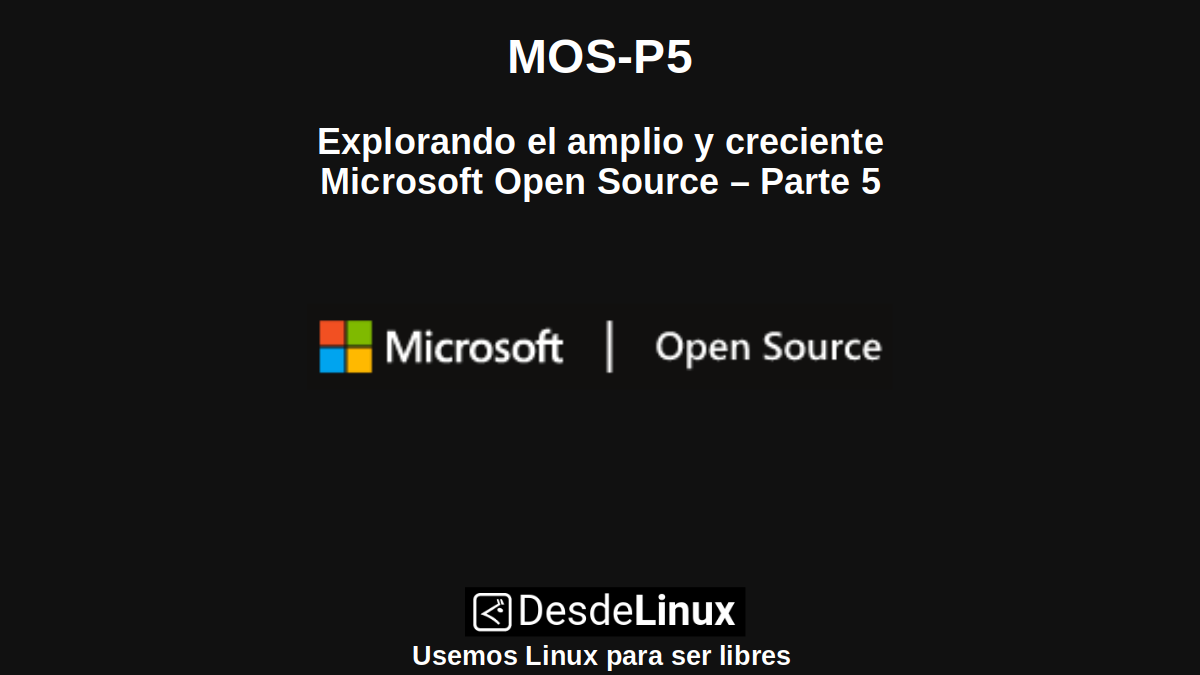
MOS-P5: Exploring the vast and growing Microsoft Open Source - Part 5
With this fifth part from the series of articles on the Microsoft Open Source » We continue our exploration of the vast and growing catalog of open apps developed by the Technological Giant de «Microsoft ».
In order to continue expanding our knowledge of the open applications released by each of the Technological Giants of the group known as GAFAM. What, as many already know, is made up of the following North American companies: "Google, Apple, Facebook, Amazon and Microsoft".
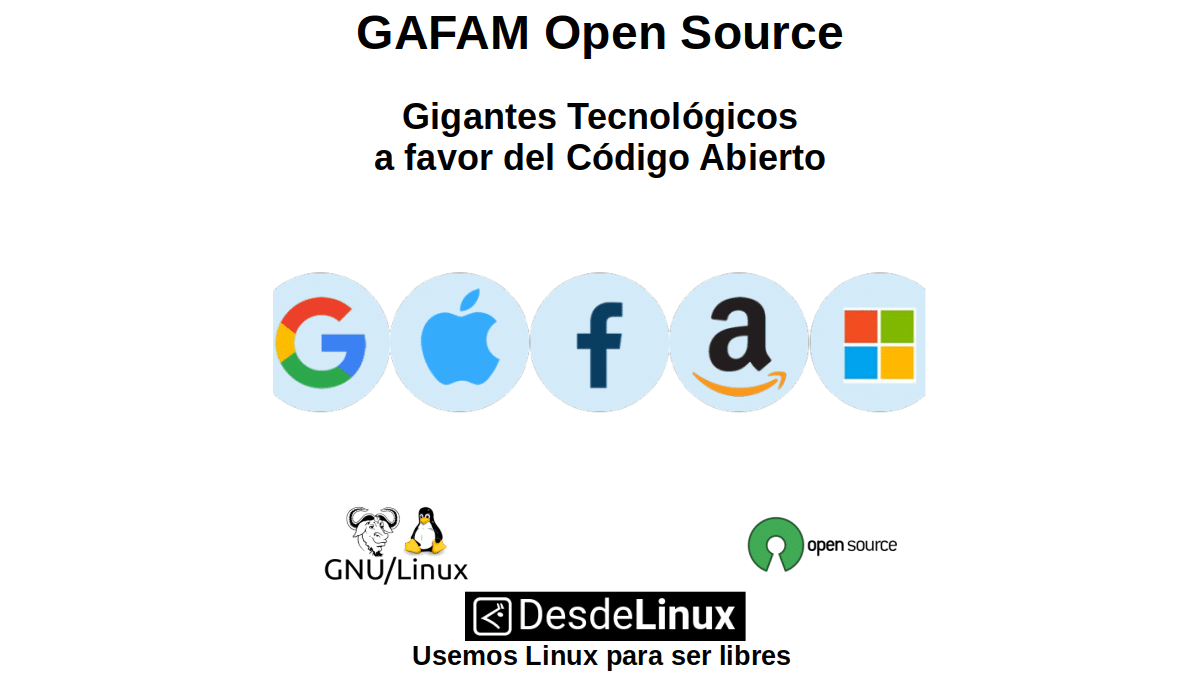
GAFAM Open Source: Technological Giants in favor of Open Source
For those interested in exploring our initial publication related to the topic, you can click on the following link, after finishing reading this publication:
“Today, both public and private organizations are progressively moving towards a greater integration of Free Software and Open Source to their business models, platforms, products and services. That is to say, free and open technologies are increasingly an important part of the way of working in and out of them, for the benefit of their owners, clients or citizens. " GAFAM Open Source: Technological Giants in favor of Open Source.

While, to explore the related previous parts of this series, you can click on the following link:
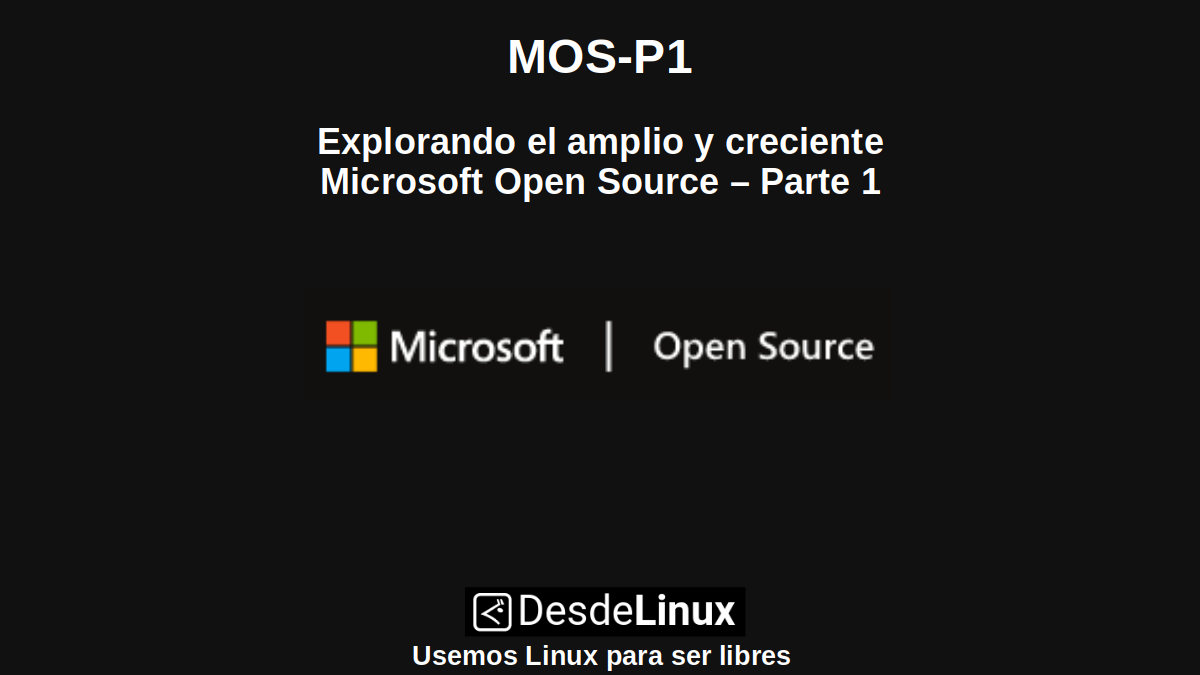

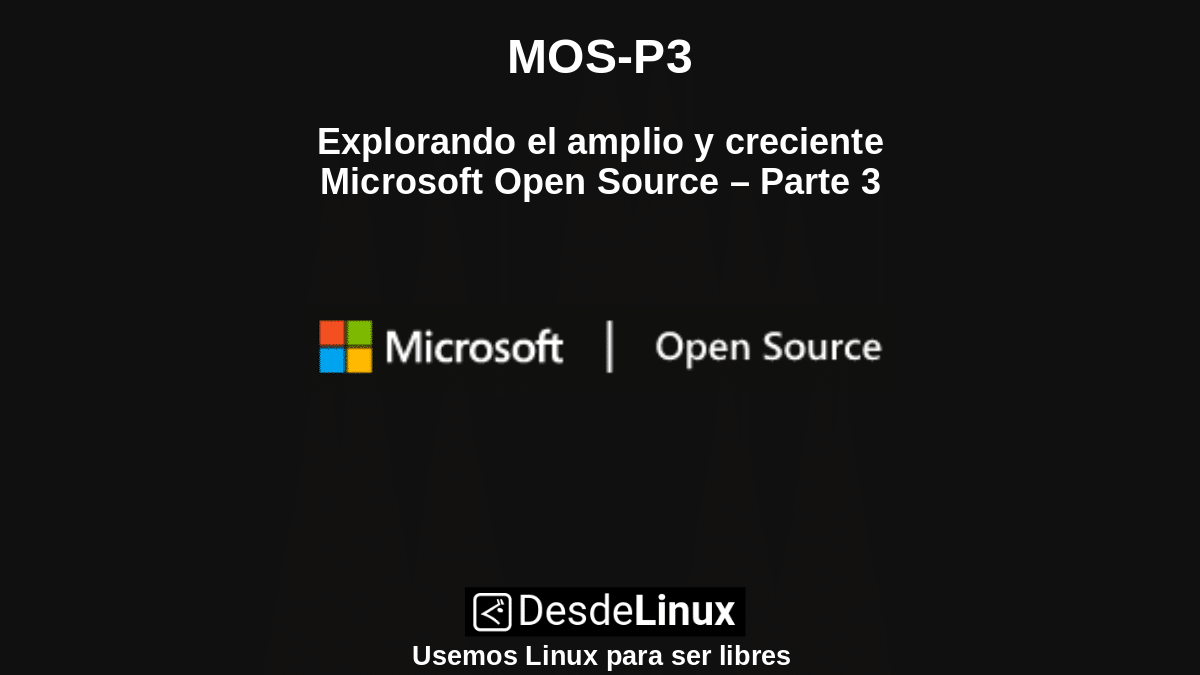
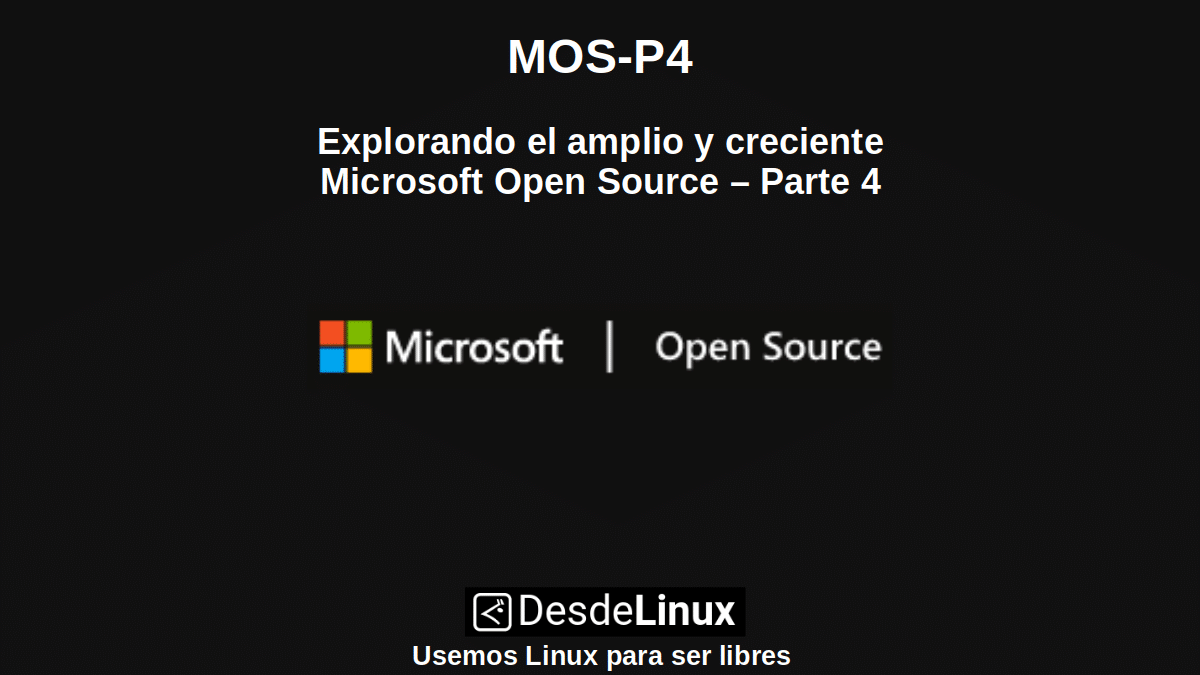
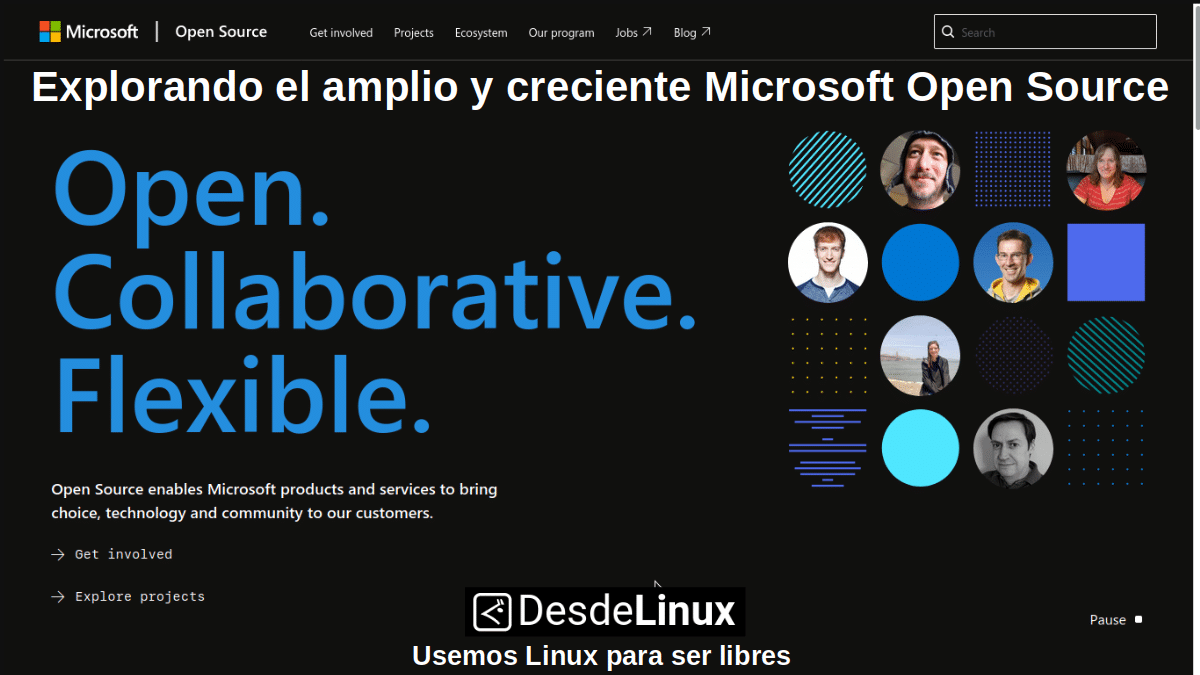
MOS-P5: Microsoft Open Source - Part 5
Applications of the Microsoft Open Source
Before starting, it is worth highlighting the official website of Microsoft Open Source (MOS) your own self-description:
"An open, flexible, and collaborative site where open source enables Microsoft products and services to bring choice, technology, and community to third parties."
Furthermore, the Microsoft Open Source can be explored directly through the following link to their Available projects.

MOS-P5: Microsoft Open Source - Part 5
From "Microsoft Open Source" These are the following Apps on the list that you have to continue exploring:
Forge
Briefly, on the website of the "Microsoft Open Source" describe this application as follows:
"It's a generic low-code framework built on a configuration-driven tree walker."
While his official website on GitHub add the following on top of it, as follows:
“Forge is a great library for developers who want to build and run their own low-code workflow engine from within their application. Forge, bears similarities with other low-code solutions, since, it goes through a structure similar to a decision tree that is defined in a JSON configuration file given by your application, executes actions and the results can be used to decide which child node visit below, and finally, it allows you to edit the configuration files through a user interface experience. "
Note: More detailed and useful information can be found directly on the following link Forge.
graphengine
Briefly, on the website of the "Microsoft Open Source" describe this application as follows:
"It's an open source, distributed in-memory graphics engine."
While his Official website add the following on top of it, as follows:
“The Graph Engine (GE) is a distributed data processing engine in memory, supported by a strongly typed RAM store and a general distributed computing engine. The distributed RAM store provides a high-performance, globally addressable store of key-value on a cluster of machines. Through the RAM store, GE enables the power of rapid access to random data over a large distributed data set. "
In addition, in his official website on GitHub add the following content:
“The Graph Engine uses a graph query language (Language Integrated Knowledge Query - LIKQ), which is very versatile, since it combines the ability to quickly explore graphs with the flexibility of the lambda expression. The server-side calculations can be expressed in lambda expressions, embedded in the LIKQ, and run on the Graph Engine servers during the chart traversal. "
Language Server Protocol
Briefly, on the website of the "Microsoft Open Source" describe this application as follows:
"It is a software technology used to define the protocol used between an editor or IDE and a language server to provide useful functions."
While his GitHub official website add the following on top of it, as follows:
“The Language Server Protocol (LSP) is used to define the protocol used between an editor or IDE and a language server that provides language features such as autocomplete, go to definition, find all references, among others. The goal of the Language Server Index Format (LSIF, pronounced "else if") is to support code-rich navigation in development tools or in a web interface without the need for a local copy of the source code. "
Note: It is important to clarify for the less knowledgeable that a language server is intended to provide language-specific intelligence and to communicate with development tools through a protocol that enables inter-process communication. And the idea behind the Language Servers Protocol (LSP) is to standardize the protocol for communication between these servers and development tools. In this way, a single language server can be reused across multiple development tools, which in turn can support multiple languages with minimal effort.

Conclusion
We hope this "useful little post" on this fifth exploration of the «Microsoft Open Source», offers an interesting and wide variety of open applications developed by the Technological Giant of «Microsoft»; and is of great interest and utility, for the entire «Comunidad de Software Libre y Código Abierto» and of great contribution to the diffusion of the wonderful, gigantic and growing ecosystem of applications of «GNU/Linux».
For now, if you liked this publicación, Do not stop share it with others, on your favorite websites, channels, groups or communities of social networks or messaging systems, preferably free, open and / or more secure as Telegram, Signal, Mastodon or another of Fediverse, preferably.
And remember to visit our home page at «DesdeLinux» to explore more news, as well as join our official channel of Telegram from DesdeLinux. While, for more information, you can visit any Online library as OpenLibra y jedit, to access and read digital books (PDFs) on this topic or others.